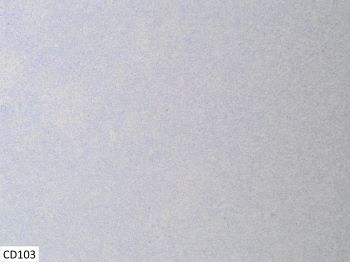Case History
The patient is a 56-year-old male with bowel perforation.
What is the diagnosis?
- Enteropathy-associated T-cell lymphoma (EATL)
- Monomorphic epitheliotrophic intestinal T-cell lymphoma (MEITL)




Answer: B. Monomorphic epitheliotropic intestinal T-cell lymphoma (MEITL)
Discussion
On H&E, the cytologic features of the neoplastic T-cells are typical of MEITL rather than EATL, showing greater uniformity in appearance than would be seen in EATL. Typical for MEITL, the T-cells in this case are mostly medium-sized, contain relatively round nuclei, and have inconspicuous nucleoli. In EATL, tumor cells show pleomorphism, widely varying in cytologic appearance with medium or large sized cells containing round or angulated nuclei with prominent nucleoli.
Distinct immunophenotypic features further distinguish MEITL and EATL, including but not limited to differing expression of CD56 and CD103. MEITL is CD56 positive in most cases, while EATL is CD56 negative. For CD103, EATL is CD103 positive, while MEITL shows variable expression of CD103 and often negative. For this case, the results of CD56 and CD103 immunohistochemical stains seen in the provided images results are compatible with MEITL.
Along with morphology and immunophenotype, additional clinicopathologic features of MEITL and EATL show characteristic differences that further distinguish the two entities. Importantly, EATL occurs in patients with Celiac disease, representing a complication from the effects of the disease on the intestinal epithelium. MEITL has no definitive link with Celiac disease or other enteropathy. The patient demographics reflect this, with EATL predominantly occurring in individuals of northern European descent, which has high population frequency of Celiac HLA alleles; MEITL occurs more in Asian and Hispanic individuals. Differences aside, both types behave aggressively with rapid progression and death within a year.